Agave Hardiness
treeguy_ny USDA z6a WNY
18 years ago
Related Stories
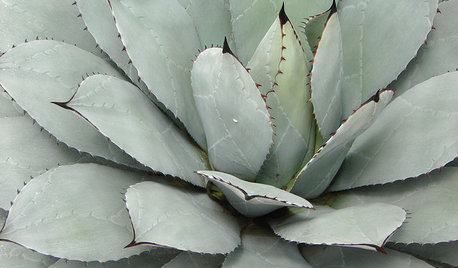
BLUE AND GRAY FOLIAGEGreat Design Plant: Parry's Agave
Don't let the spikes scare you away — this succulent is surprisingly friendly to gardeners whose landscapes lie beyond the desert
Full Story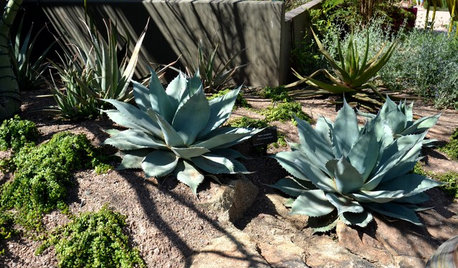
GARDENING GUIDESGreat Design Plant: Agave Ovatifolia
Whale’s tongue agave adds striking beauty to the drought-tolerant landscape with its uniquely shaped leaves
Full Story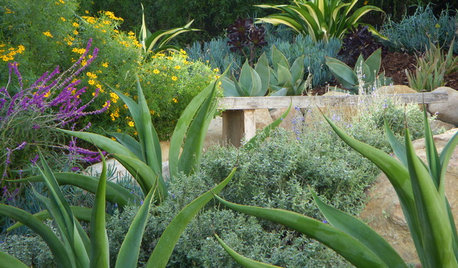
GARDENING GUIDESGreat Design Plant: Agave Vilmoriniana
Graceful octopus agave adds texture and contrast to drought-tolerant gardens
Full Story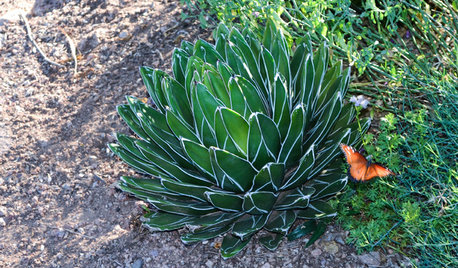
GARDENING GUIDESGreat Design Plant: Small but Mighty Agave Victoria-Reginae
Queen Victoria agave powers through tough desert conditions with its unusual beauty intact
Full Story
GARDENING GUIDES10 Cold-Hardy Succulents for Cool-Season Interest
These attractive plants shrug off colder temperatures, and many can be brought inside in containers in extra-chilly climates
Full Story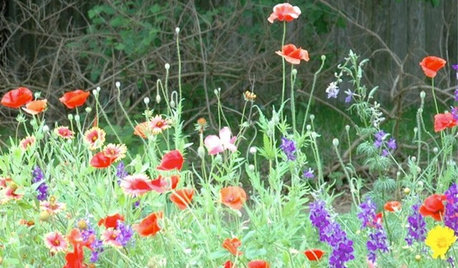
GARDENING GUIDESTexas Gardener's October Garden Checklist
Earn a "free" bonus by dividing perennials, make planting a priority now for hardy growth next year and keep an eye on your lawn
Full Story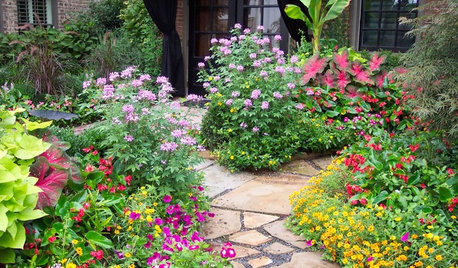
GARDENING GUIDESTexas Gardener: What to Do in June
Don't be discouraged by the dry summer heat — hardy plants, container gardens and smart watering can help landscapes thrive
Full Story0
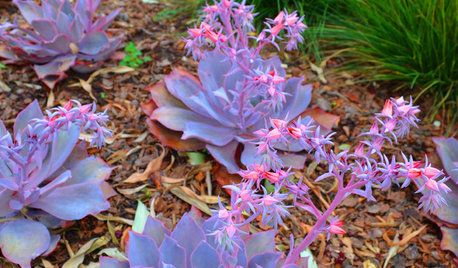
GARDENING GUIDESGreat Design Plants: Stars of the Succulent Garden
Amazing colors, exuberant blooms, low maintenance ... is it any wonder Echeveria is so popular?
Full Story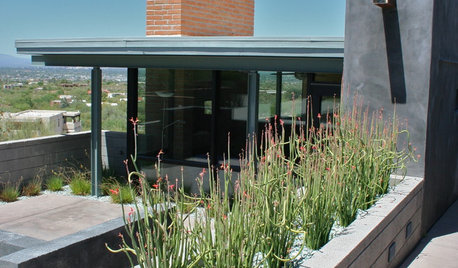
GARDENING GUIDESGreat Design Plant: Slipper Plant
Unthirsty succulent looks great all year and offers an unexpected surprise in fall
Full Story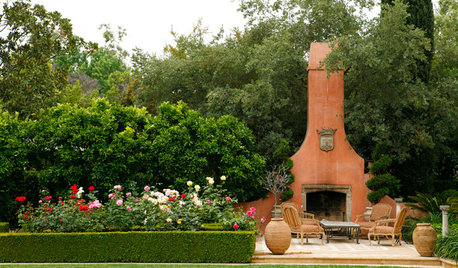
LANDSCAPE DESIGNMake Your Roses Even More Beautiful With These Companion Plants
Nourish your rosebushes and create a visual feast with these 7 classic and unexpected plant pairings
Full Story





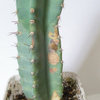
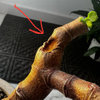
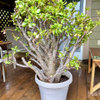

baci
cactus94945
Related Professionals
Bellflower Landscape Architects & Landscape Designers · Canyon Lake Landscape Contractors · Mesa Landscape Contractors · Muttontown Landscape Contractors · Cumberland General Contractors · Red Wing General Contractors · Spanaway General Contractors · Murphy Carpenters · Ridgewood Carpenters · Solana Beach Carpenters · South Orange Carpenters · Arlington Heights Decks, Patios & Outdoor Enclosures · Boone Decks, Patios & Outdoor Enclosures · Dayton Decks, Patios & Outdoor Enclosures · Lansdale Decks, Patios & Outdoor Enclosurestreeguy_ny USDA z6a WNYOriginal Author
milwdave
treeguy_ny USDA z6a WNYOriginal Author
patrick_in_fb
chris_sciarretta
milwdave
treeguy_ny USDA z6a WNYOriginal Author
chris_sciarretta
chris_sciarretta
agavepete
penny1947
chris_sciarretta
Texas_Green
cpm725
sjv78736
xerophyte NYC
yhtak
xerophyte NYC
pasimachus
xerophyte NYC
flora2
xerophyte NYC
theyardman
saintivo
hoovb zone 9 sunset 23
promethean_spark
flattie
dogbane28
cactusjordi
blutarski
Joylene